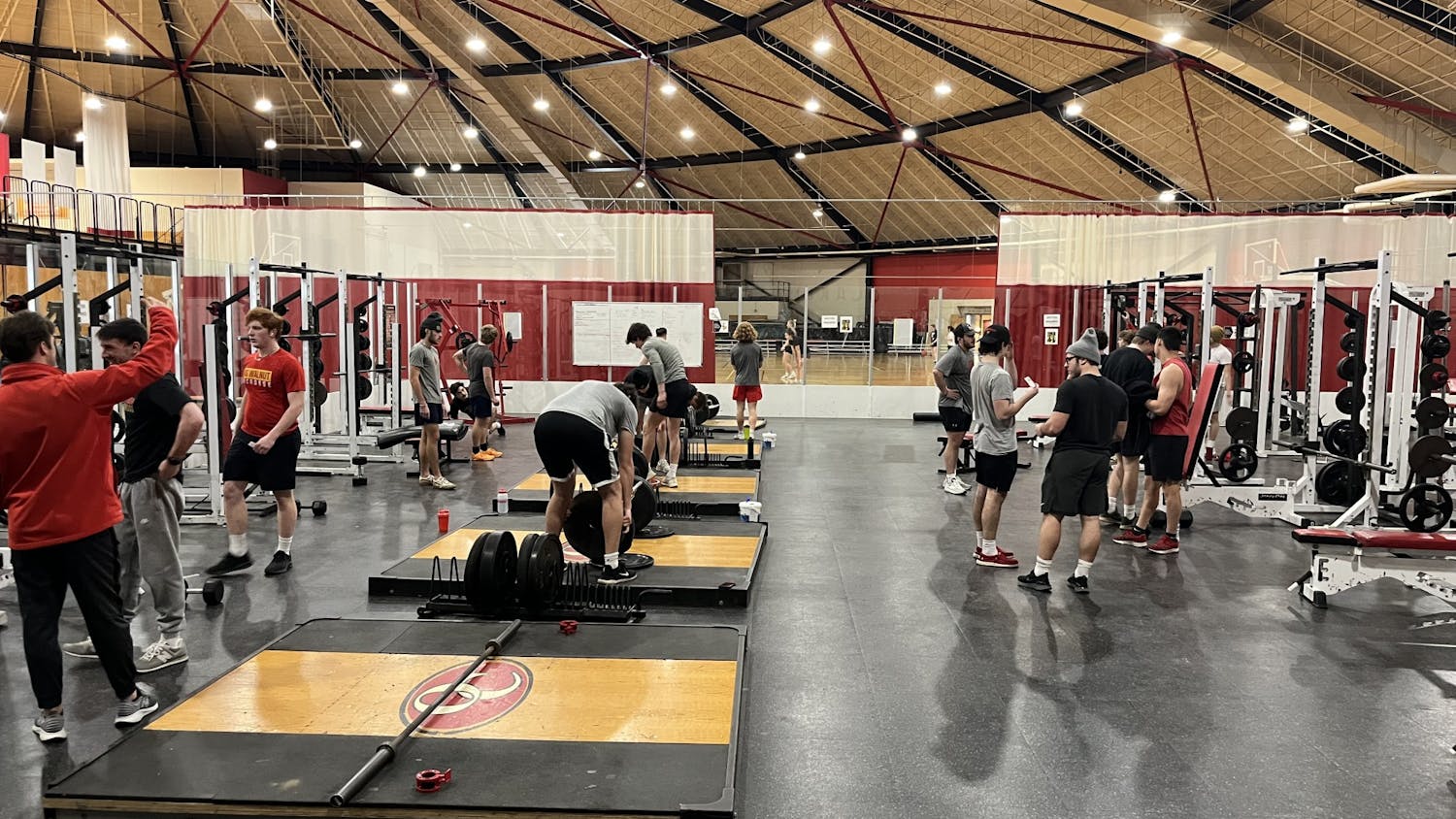Student evaluations have a greater impact on Otterbein professors' tenure and status than students may think.
Gretchen Sasfy, vice president for academic affairs, said that once student course evaluations close, reports are generated and sent to faculty. For faculty that are up for tenure and promotion, student course evaluations must be submitted with their portfolio.
According to Otterbein's faculty manual, tenure is the right of the faculty member to be offered successive employment contracts by the president of the university. This can continue until retirement.
Communication department professor Chris Reynolds said the process of obtaining tenure occurs over a 6-year period where the candidate must demonstrate their ability in the following areas: teaching, advising, professional development, service and institutional needs.
“Teaching is first and foremost what we are evaluated on," said Reynolds. "Teaching is what your peers who evaluate you will focus on first. If you aren’t cutting it in the classroom, you won’t get tenure.”
According to the faculty manual, the hierarchy of Otterbein teaching positions has four tiers: instructor, assistant professor, associate professor and full professor. An associate professor is usually promoted after receiving tenure, but must teach seven more years and continue to demonstrate excellence before receiving full professor status.
Reynolds said approximately 90 percent of Otterbein's teaching staff is tenured or on track to receive tenure.
Additionally, Reynolds said student course evaluations also affect faculty appointments and professors' classroom teaching methods. Joy Shoemaker, a tenured nursing department professor, agrees.
"I use my student evaluations to try to improve my course," said Shoemaker.
According to Shoemaker, some departments have regulations that student feedback can't affect.
"With nursing, the Ohio Board of Nursing dictates certain things, so if students don’t like something we have to do, I’m sorry, but we’ve got to do it,” said Shoemaker.








